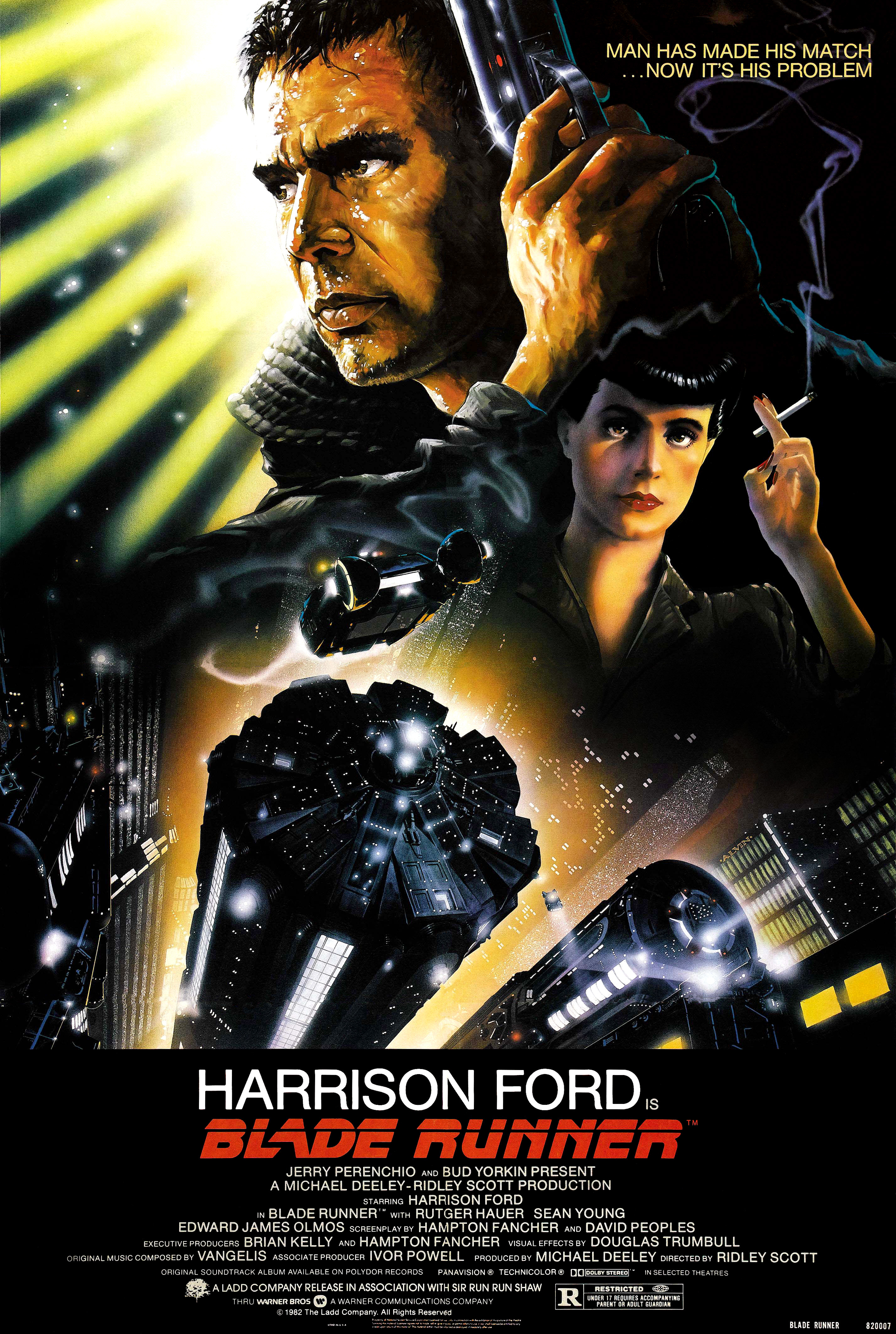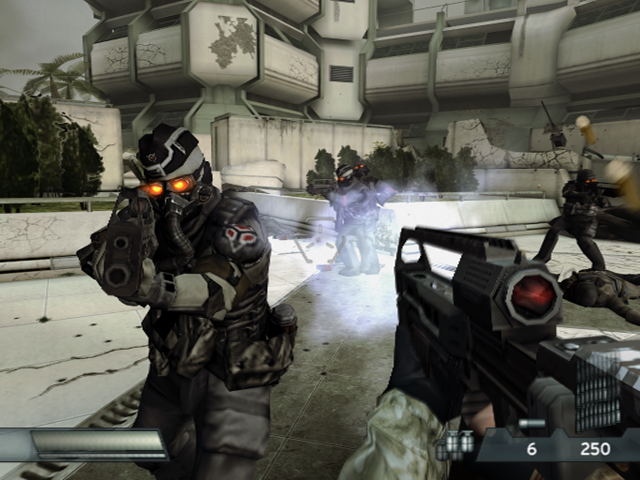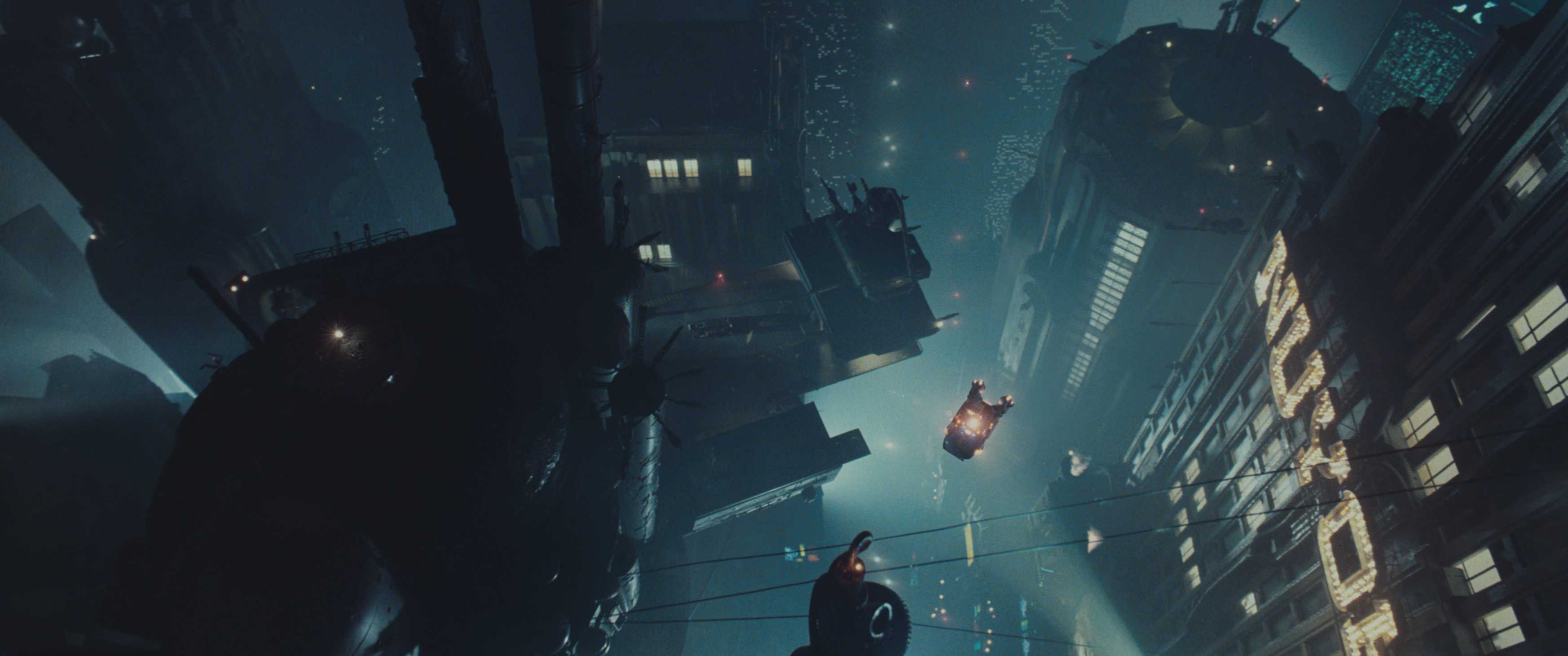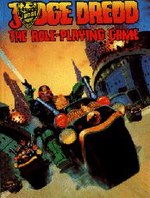
I watched Blade Runner 2049 again recently; I was going to have it as background noise while I worked but I ended up being drawn into it again, which resulted in me wanting to run a RPG session in a future Los Angeles. Of course.
Blade Runner was one of those movies that made a huge impact on me when I was younger, even though I didn't like it that much when I first saw it because, I feel, I was too young to appreciate it. While 2049 doesn't inspire and enthrall me the way the original film does - the world in Scott's original is something to marvel at - it does an amazing job of creating it's own reality that can be just as amazing.

I think that's why I love 2049 - it really is its own movie and it took its cues from the original without playing the old '
nod-nod-wink-wink to the audience' homage/reference game. Denis made the film his own and I think he did an amazing job. I'm pretty sure my sigh of relief at the end when I realised they hadn't screwed it up was audible across the theatre.
I explored the roleplaying game aspects of this a long time ago and I've already shared these opinions on this blog. I used my SKETCH system at the time (there's a new edition of SKETCH coming out soon, so there's a quick plug) and I ran a couple of games; it worked just fine but it had more to do with the atmosphere, and that's something that the simple rules helped with. There was no stalling over rulings and the players were able to get their teeth into a flowing, emotionally charged adventure.
There were three players - one was a Blade Runner, one was a police detective, and the other was a private detective working under contract with the police (a bit of an Adrian Monk character). The story revolved around a powerful and influential - but very, very lonely - businesswoman in her sixties trying to hide a replicant by pretending it is her long-lost daughter. The London PD (the city was partially flooded so a lot of people got about in motor boats and spinners) knew there was a replicant in her company but, because the woman had contacts in the police (namely the Police Chief) they were limited as to who they could use the Voight-Kampff machine on.
The businesswoman kept trying to convince them that the replicant was a boy who worked in the post room, but he failed the Voight-Kampff test because he was partially mentally retarded. Once the players realised this - after chasing the boy through the building and taking a couple of shots and almost killing him - they had to go after the buisnesswoman.
They fought through her heavies (the private investigator was unfortunately killed) and forced the false daughter to take the Voight-Kampff test. She failed after the first ten questions and accepted her fate. The Blade Runner retired her. The police detective tried to arrest the businesswoman but the Police Chief interceded and she got away with it. Now she has sworn revenge on the Blade Runner and the police detective.
It was all done with minimal dicerolls (except for the firefight, of course). The simple rules did not slow the game or interrupt the emotionally tense moments, and that was perfect. We agreed that the best way to run a Blade Runner game was with a simple, flexible system that would allow GMs to add their own twists and moral/ethical dilemmas.
The world of Blade Runner can be so much more if you want it to be. Not just because of the central theme regarding what makes a human being, but also dozens of other moral dilemmas. What are the ethics of human cloning? The moral implications of genetic engineering? Do you agree with euthanasia? Where do you draw the line on human testing for new pharmaceuticals? Do the less fortunate have the same rights as those in power? Does power truly corrupt?
Here's some other ideas I've had for general Blade Runner themes:
The Hunt: A general chase-the-Replicant adventure. One or more Replicants have landed on Earth and the PCs must track them down and retire them, or at least inform the authorities so that they can be retired. As the Replicants have hidden themselves away in human society, the idea of the game is to follow clues, possibly use the Voight-Kampff machine, and then confront the Replicants. How will the PCs react to how the Replicants react to being found out? Could they shoot a machine begging for it’s life, or whilst it lies curled up on the floor, totally defenceless?
The Railroad: Fully human Replicant sympathisers are helping escapees get out of the city, hiding them away until they can be smuggled out. Once they discover this, do the PCs stop them? Hinder them? Or ignore them?
The Fake: Not all the people trying to stay out of the sight of the authorities are Replicants, but how can you tell who is real and who is not? If a Blade Runner made the mistake of retiring a human, even of that human was masquerading as a Replicant for their own ends – perhaps they were doing it for rich kid laughs or a party - what lengths would they go to cover it up to save their own hide? How would a Replicant react to a human who acts like them?
The Vengeance: Sometimes even the people on the right side of the law are pushed too far – how would the PCs handle a Blade Runner gone rogue? A Blade Runner who would do anything to retire Replicants because of a pain they suffered at their hands? Who would they go through the get their target, and who would they make suffer to achieve their vengeance?
The Passion: Like all living things, Replicants want to live. If only they could show the humans hunting them that they feel emotions the same way they do. What lengths would they go to convince humans of their humanity? Would they befriend them? Seduce them? Love them?
I think there could be a lot of mileage in this.
Along with ALIEN, Blade Runner is very special to me and I think a game in this world could work wonders. There are so many games inspired by the setting - that their design and feel is so close to what Blade Runner gave us - that they were the world in every essence but the name itself.
I think a Blade Runner game, giving you not only the setting but a chance to game in many other Philip K Dick worlds, would work just great. To be honest, I'd love a chance to explore the off-world colonies and run some Outland-inspired scenarios. There's a lot that can be done with it.
 I've been a fan of Guerilla's 'Killzone' franchise since it's debut on the Playstation 2. It's heady mix of science fiction warfare, tense combat and memorable moments hit all the right notes for me in both gameplay and setting. I wasn't hot on Killzone: Shadowfall, as beautiful as the game was, but it was still a good game and really added another level of depth to the setting.
I've been a fan of Guerilla's 'Killzone' franchise since it's debut on the Playstation 2. It's heady mix of science fiction warfare, tense combat and memorable moments hit all the right notes for me in both gameplay and setting. I wasn't hot on Killzone: Shadowfall, as beautiful as the game was, but it was still a good game and really added another level of depth to the setting.














